PMS City Farm
The Cajuru City Farm is one of the biggest of its own, having 4400m² and donating more than 1.5 tons of vegetables in the first year. The Planting Management System had the challenge to aggregate all the variables that the cultivating almost a hundreds species in more than hundreds plant beds into the system - helping to delegate tasks and generate insights.
The Cajuru City Farm act as a supplier to the Regional Market of Cajuru and dozens other institutions, as well as receiving cultural and scientific visits from members of the community, from startups to researchers.
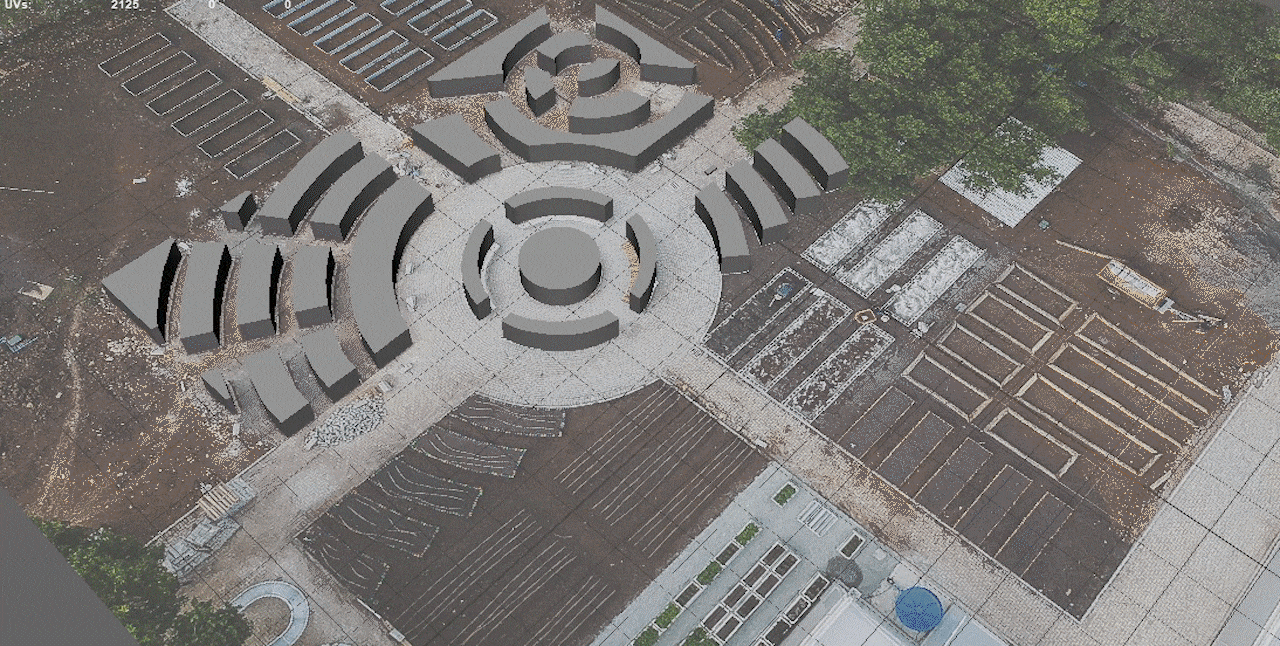
In its first year, more than 1.5 tons of vegetables were donated. In addition, it served as a supply and training center for the city's more than 100 community gardens.
Discovering
The complexity already started in the architectural planning issues of the site, so our immersion started in a different way. With the help of a drone pilot, we could draw the entire foundation in AutoCad and export it to an SQL database. No design structure here, but a lot of problem solving, whatever it takes.
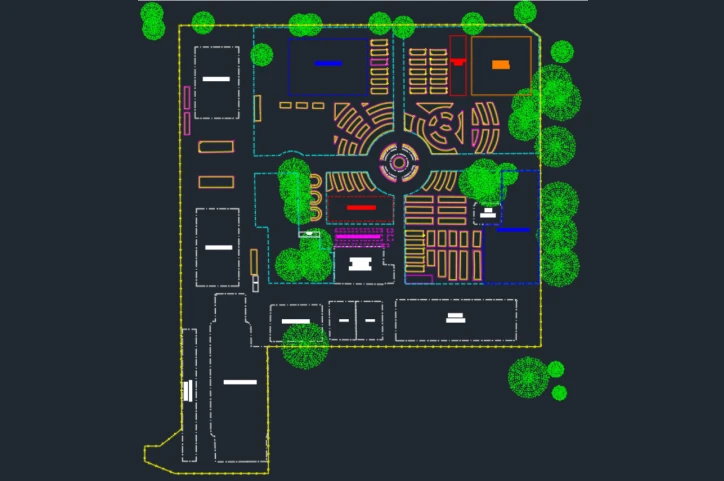
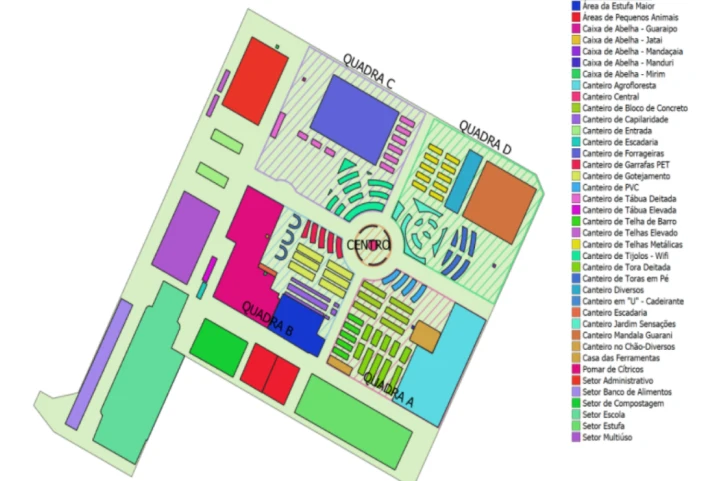
Next we interviewed the agents who worked on the farm and got more details about the requirements of the work tools they used on a technical site visit. Learning from experts was another way for us to gather knowledge, so we also scheduled a meeting with the first South American city farm, Begreen.
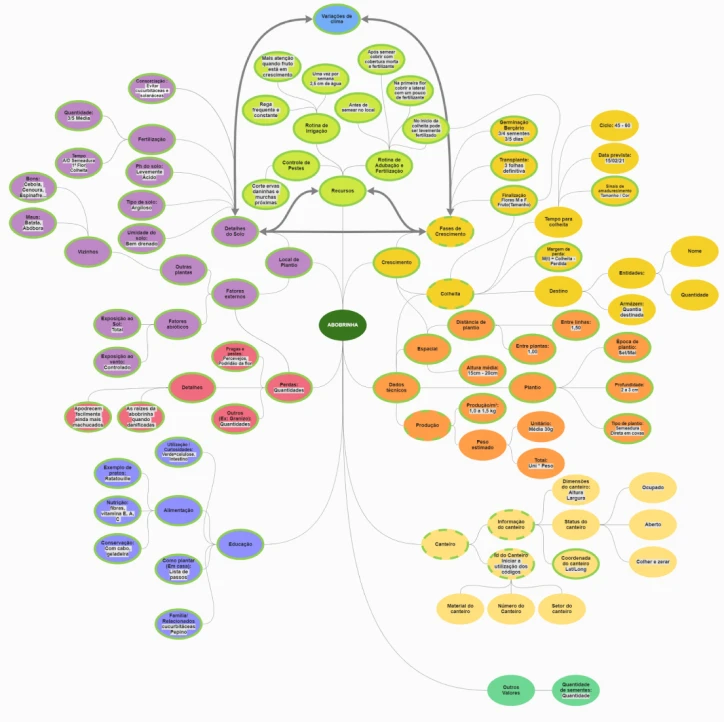
The action that users take are defined by who they are when they are not using your system. More than users, people. And, Those are the ones we got to know in the farm
Work Smart
For managers who seek to oversee tasks and automate their work in order to have more time for community and educational activities.
Help it grow
Farmers can optimize all their tasks by getting a checklist for their tasks in the start of the day, reducing the noise between the team.
For everybody
A place for community members to get the seedings and instructions on how to take care of their community vegetable garden.
Explore the farm
For visitors to get a educational and didatic view of the farm operations, understanding and sharing the knowledge with everybody.
Getting familiar
Mapping the flows from the main activities of the farm and also understanding the behavior of most of the plants harvested there the project started to be documented.
With user stories, clear use contexts and personas we started setting the stage for the ideation phase of the project
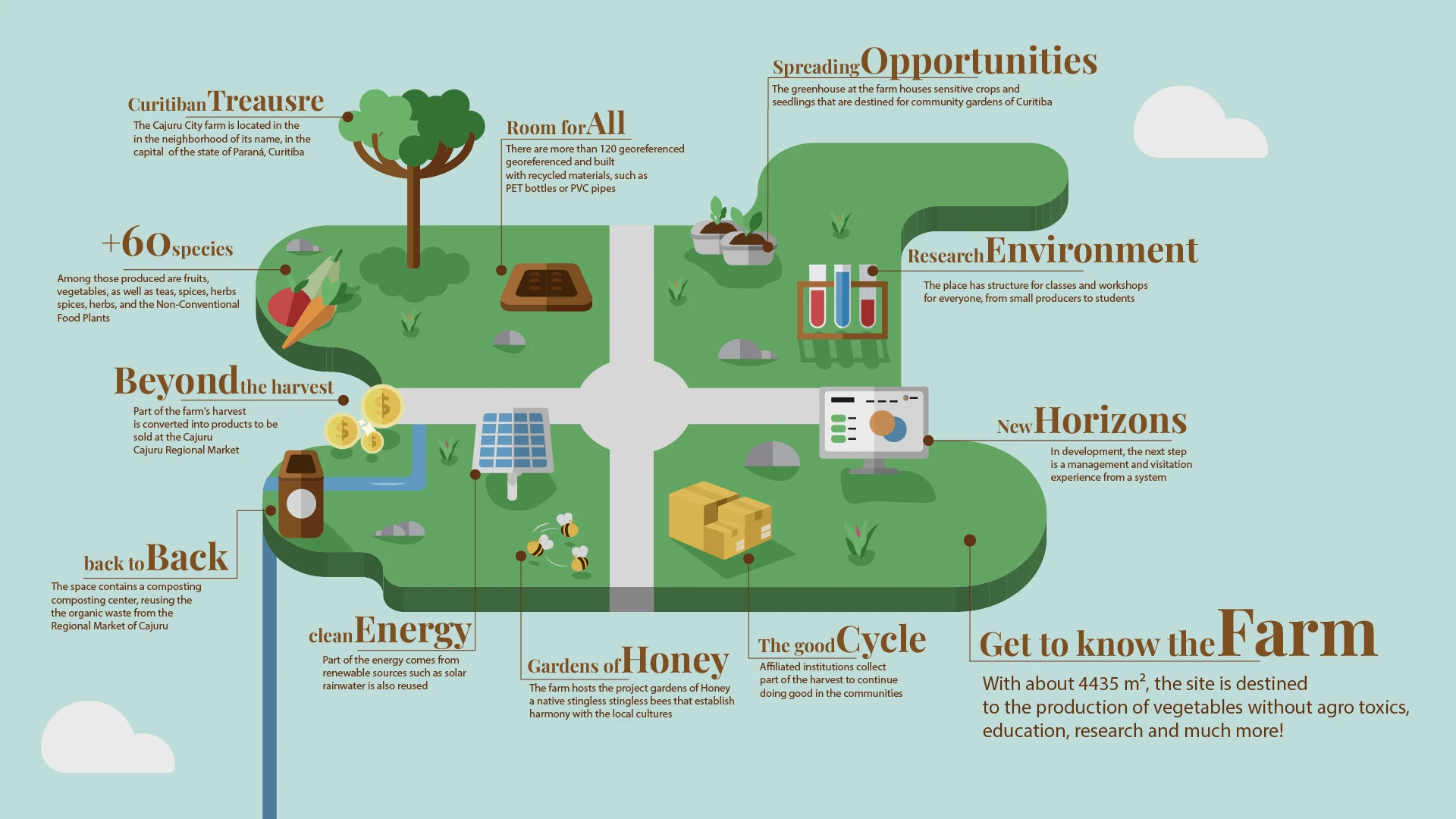
Limiting the MVP for delegating and checking 6 different taks in a map/list view the alternatives creation started. From quick steches to IxD wireframes to A/B testing interfaces. The system started to be built
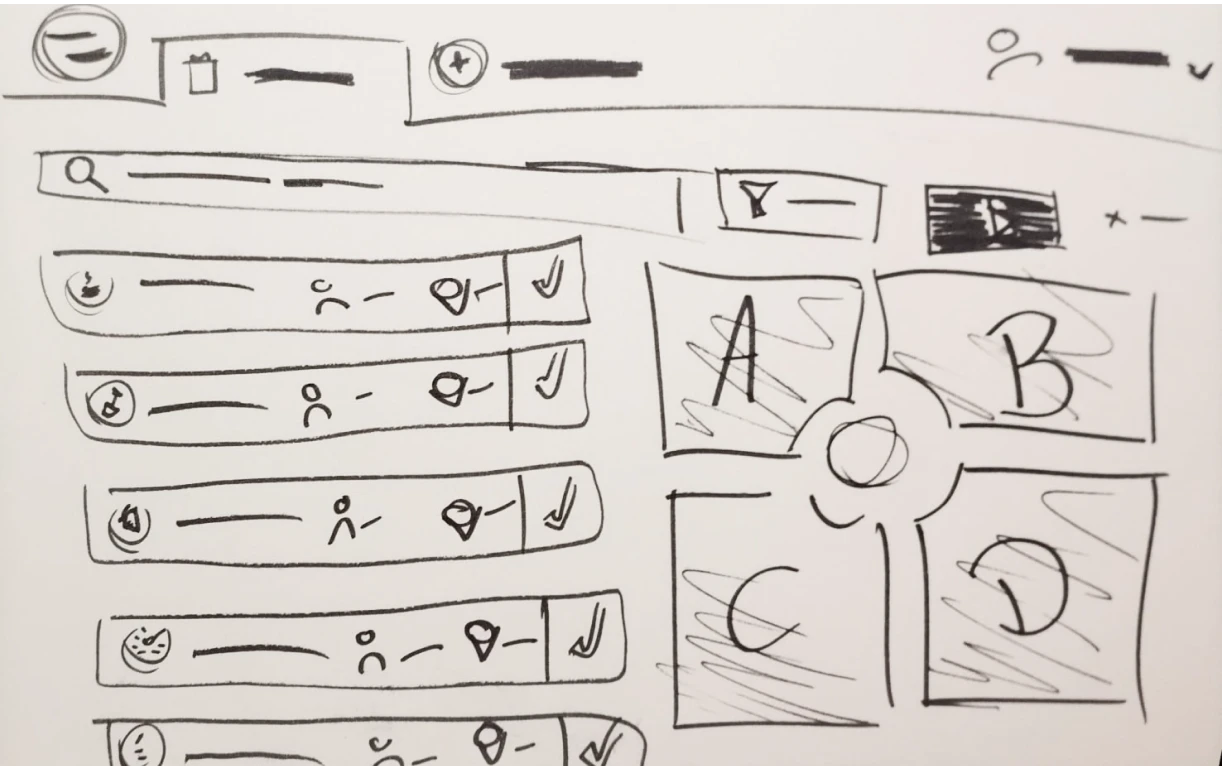
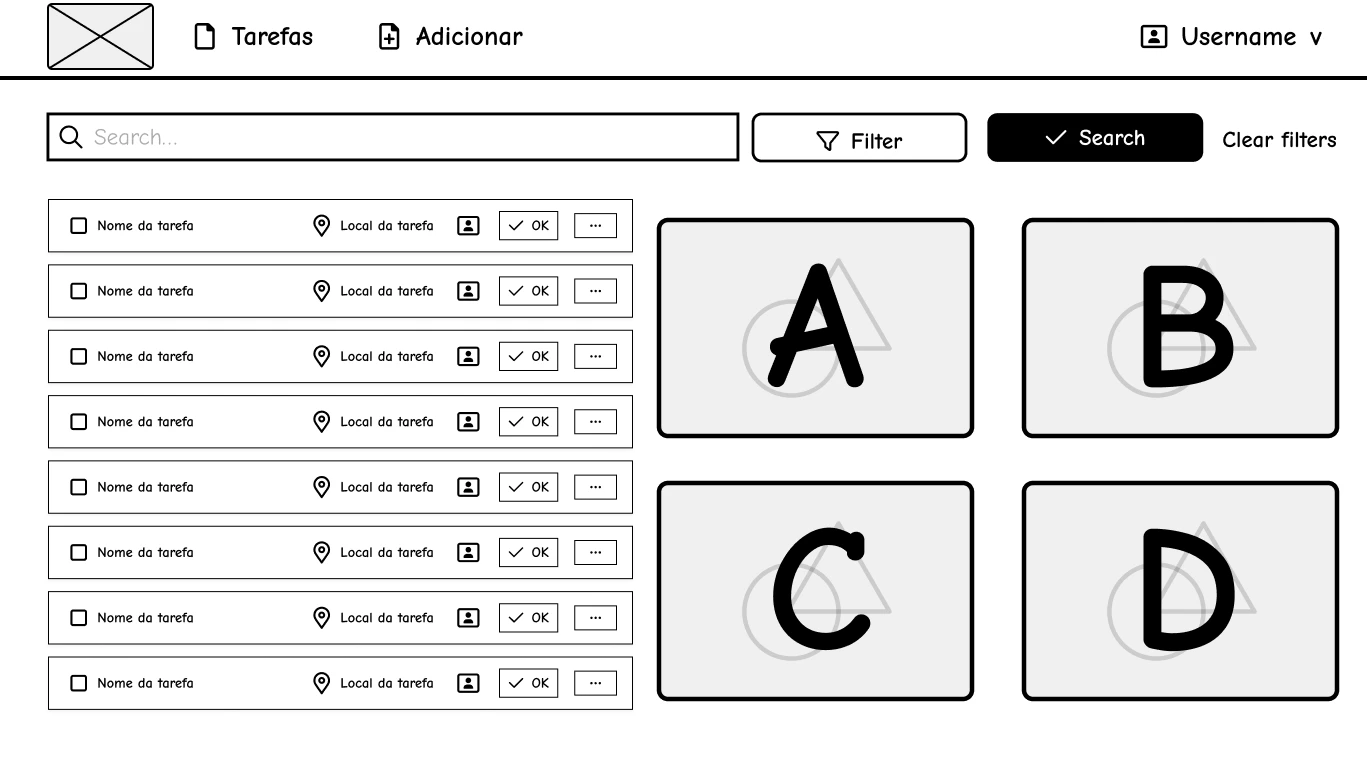
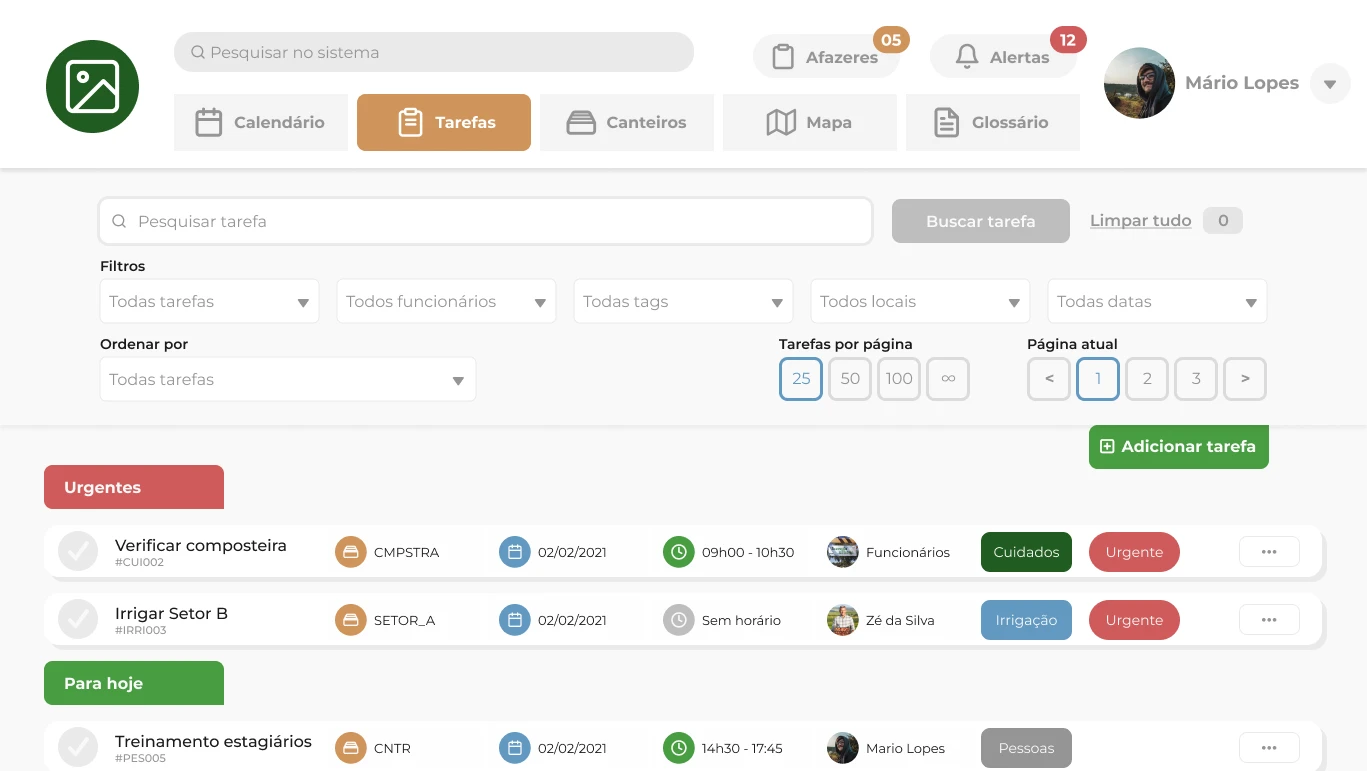
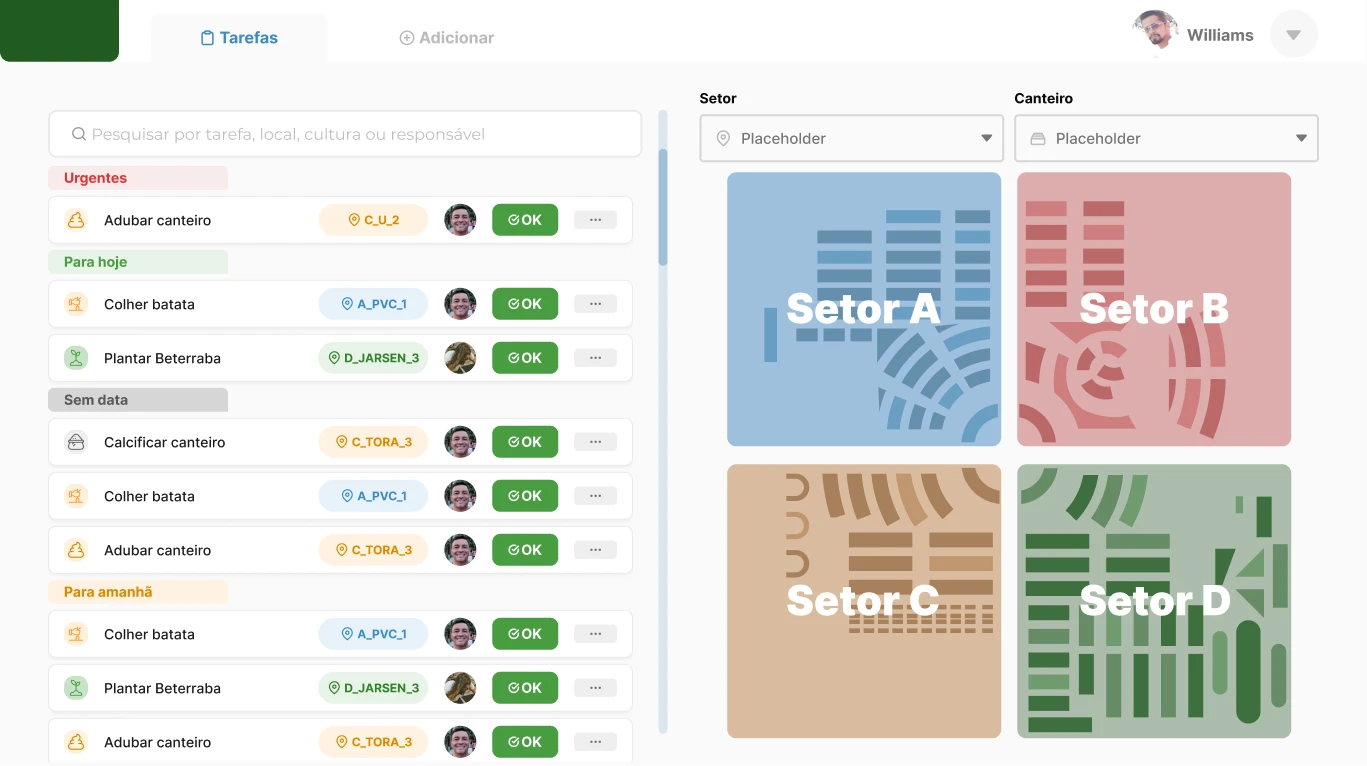
With recurring iterations between design, bi-weekly testing, and feedback study with farm workers, we could further evolve the product in a two-way learning path.
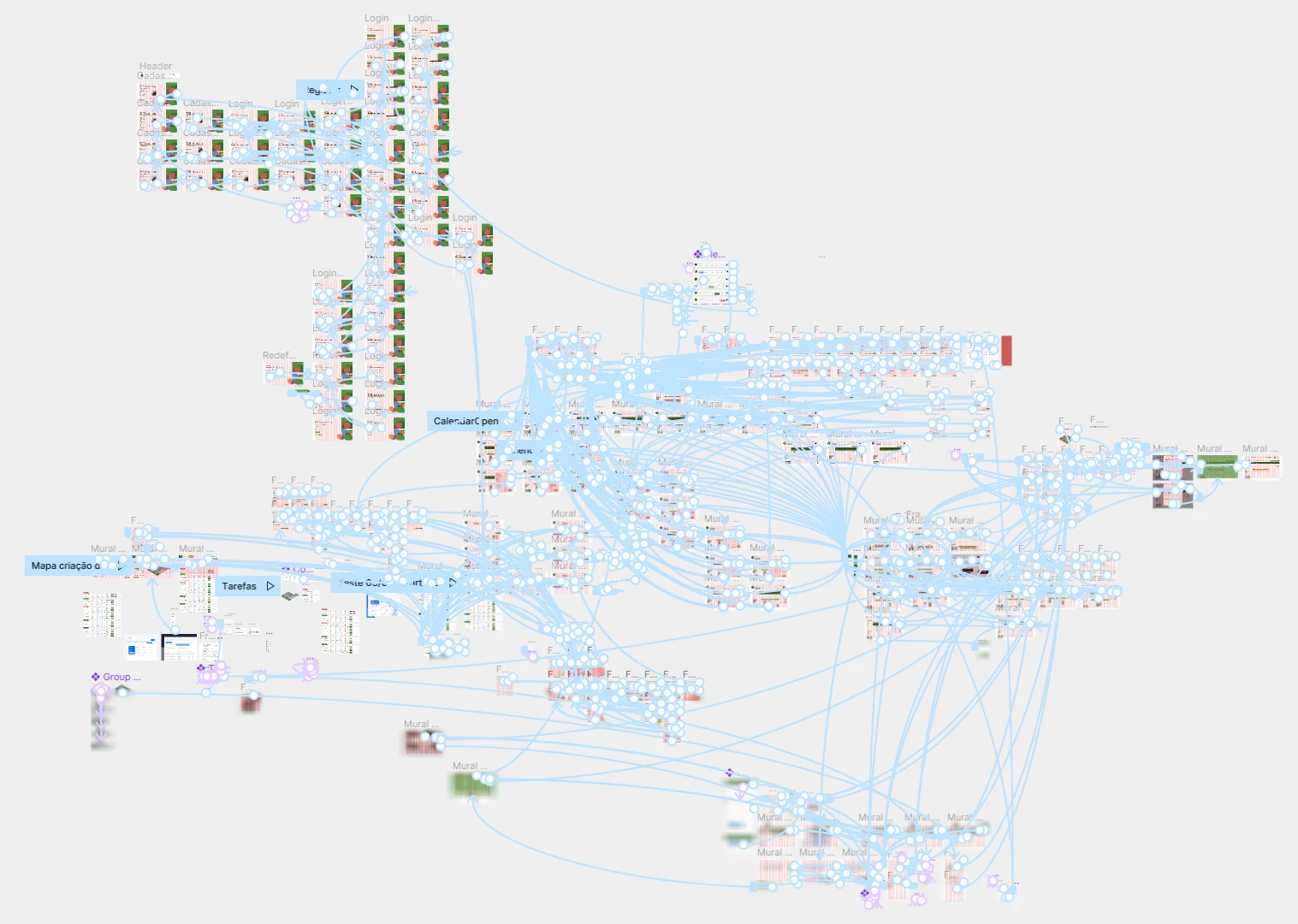
We also continued with checkup testing and began to tackle more mature challenges, such as developing a Styleguide and starting a Design System to keep the project design backlog as refined and scalable as possible.
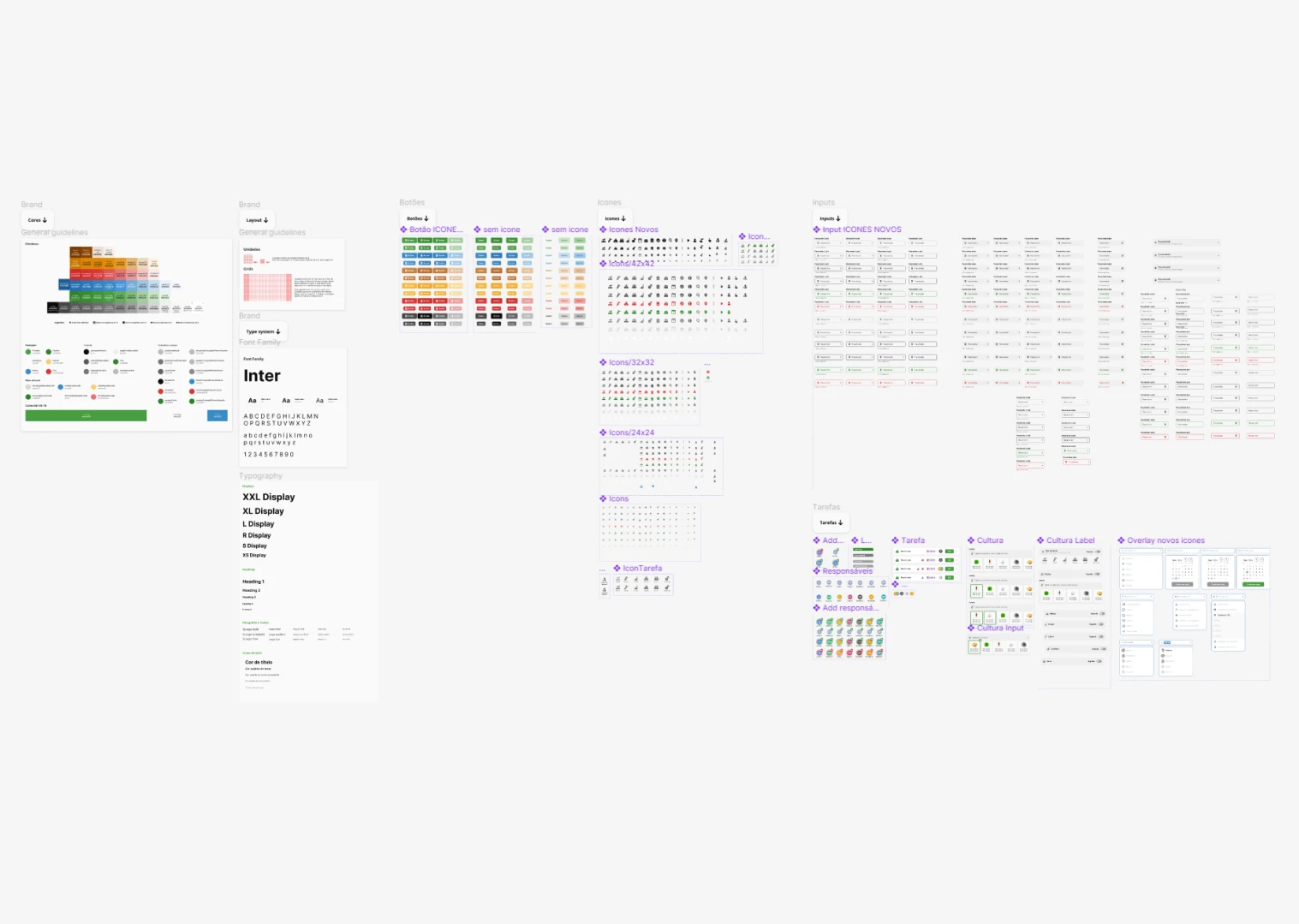
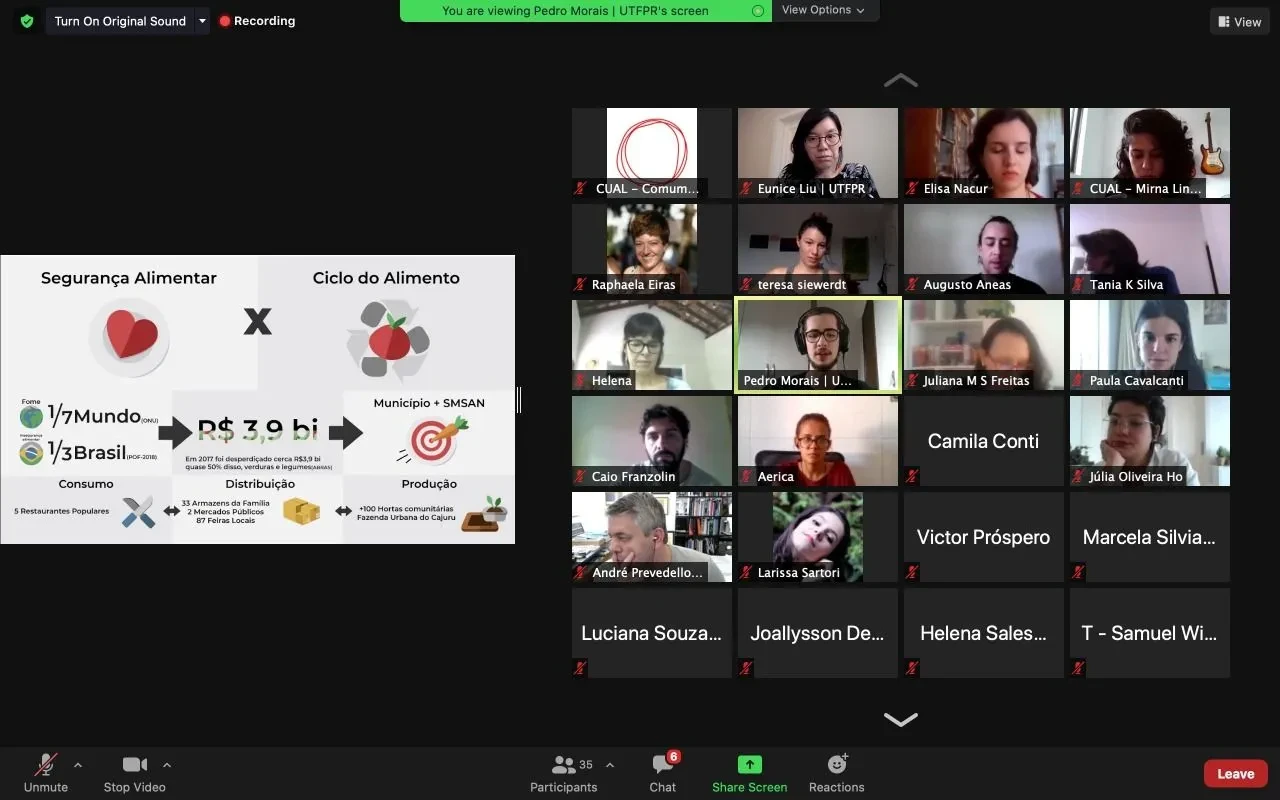
Other deliverables
The project had started with a design team of one - me, oriented by Eunice Liu . But now new students and professors have joined ( Andre Prevedello, Letícia Camargo and Lucas Saito)
To conclude I am very honored to say that the dedication of over 700 hours of voluntary work has also granted me tons of experience around UX/UI in memorable scenarios, from coordinating usability tests with the Head of the Food and Nutritional Security Department of the City of Curitiba to the talks I gave at the Seminar, such as the Seminário Comuns Urbanos.
03 release KPIs
At the moment new versions are still under realease, as you could see, there is a 3D map incoming. However, besides the usability test these are the 03 KPIs that I would keep trick when talking about a live version:
Production growth
The physical space from the city farm won't change, so it isn't hard for the team to compare metrics from the last year's season with this one. This way we can compare how much more the system helped the production in the same weather/physical conditions.
Listening Tour
As a form of semi-structured interview, questionnary or just a conversation, talking 1:1 to any farm employee (manager, farmer, engineer...) would be fundamental to track how much the system helps in mapping the tasks - reducing the noise and the effort for operations.
Visitor satisfaction
The community side is also part of this project, mainly in educational actions during the site visit. My approach would be similar to the listening tour, but this time, applied to visitors.
 Just some of the special people I worked with
Just some of the special people I worked with
Design out and find out
This was my first digital project. That means, writing about it some years later makes me proud, and embarrassed at the same time. These are some of the changes I would do:
Versioning the project
Usability tests are useful for testing user-machine communication and expectations, but how users REALLY use is only known after product release. Due to extensive development time for a large scope, I would focus only on task assignments for version one and gathering user feedback for future versions.
Going more to the field
The farm was under construction when it all started, they were figuring the sh*t out as we were - that also made the project change as we understood more about the farm. I would like to follow more their discovery and apply a service design concept here and there so we could approximate the system from the real situations even more.
I want to end by thanking everyone who was part of this project. To all my colleagues, Letícia, Lucas and Luís. To everyone who worked in this wonderful place: Marcos, Guilherme, Sheila, William. And finally, to my teacher Eunice, who guided more than 19 months of research and gave me this opportunity that changed my life.